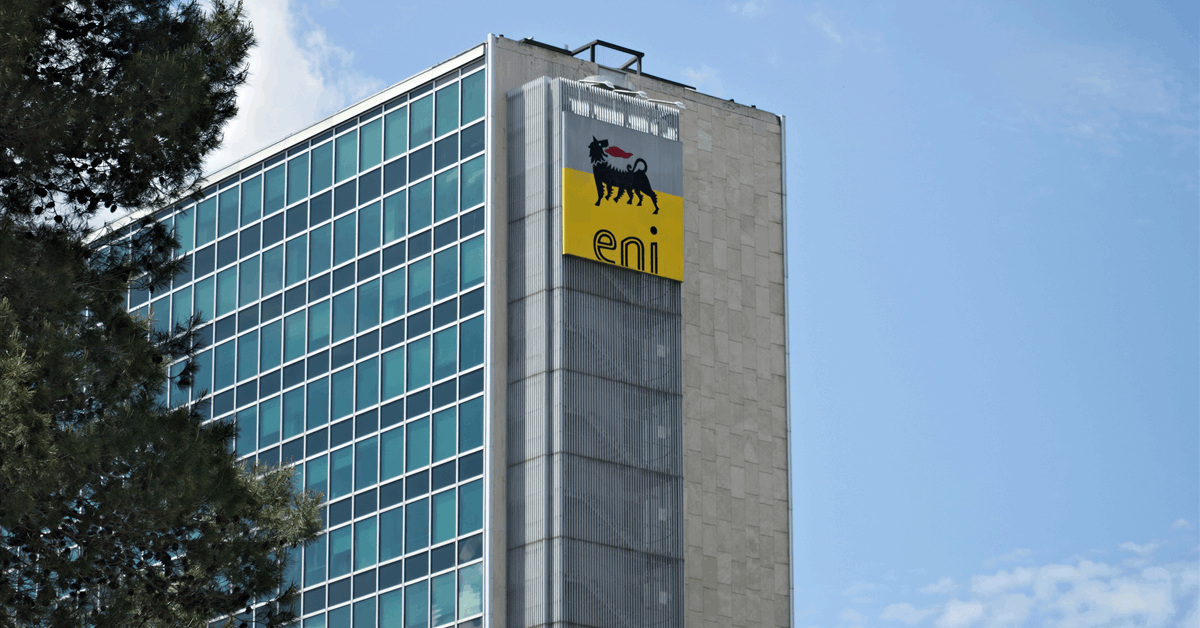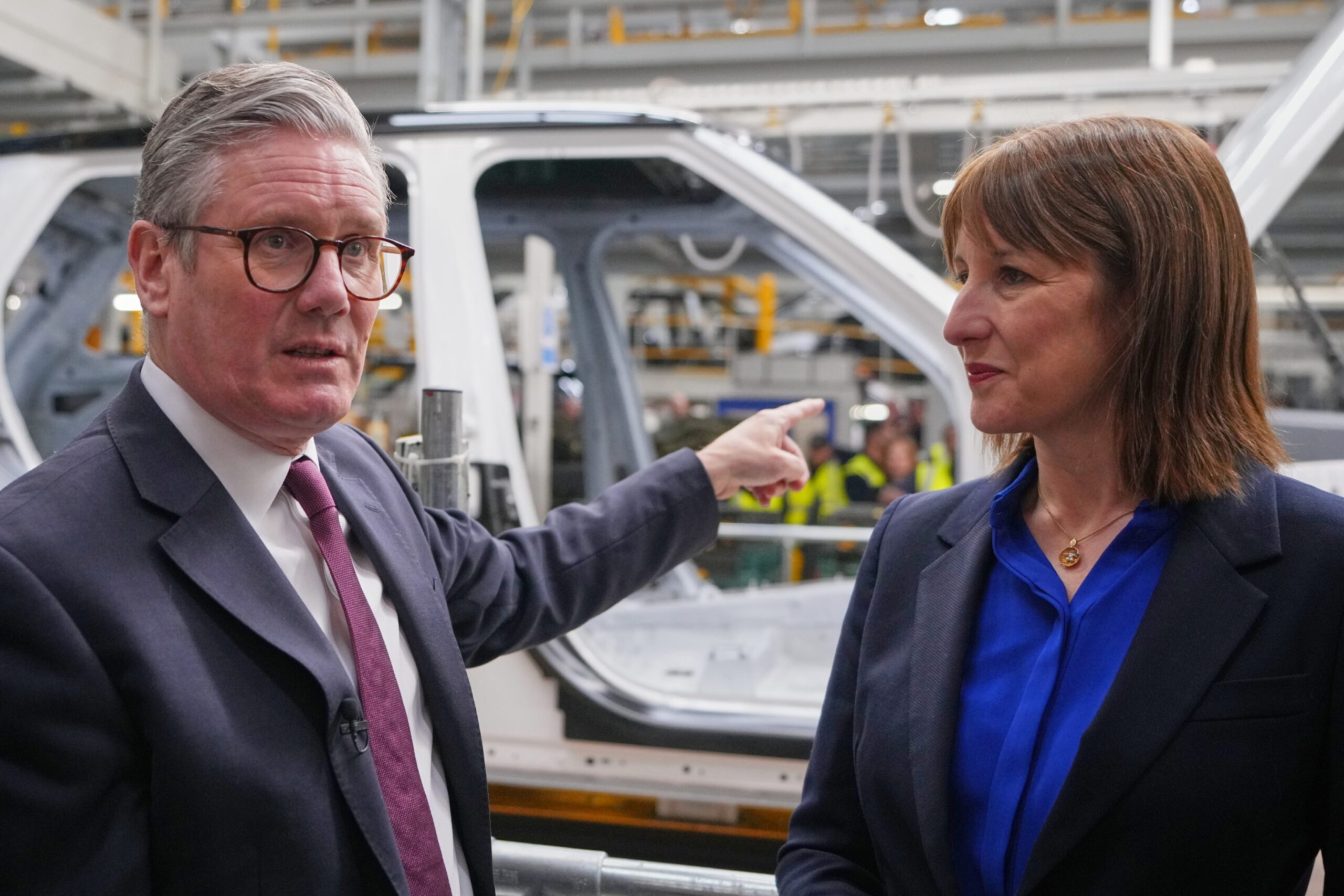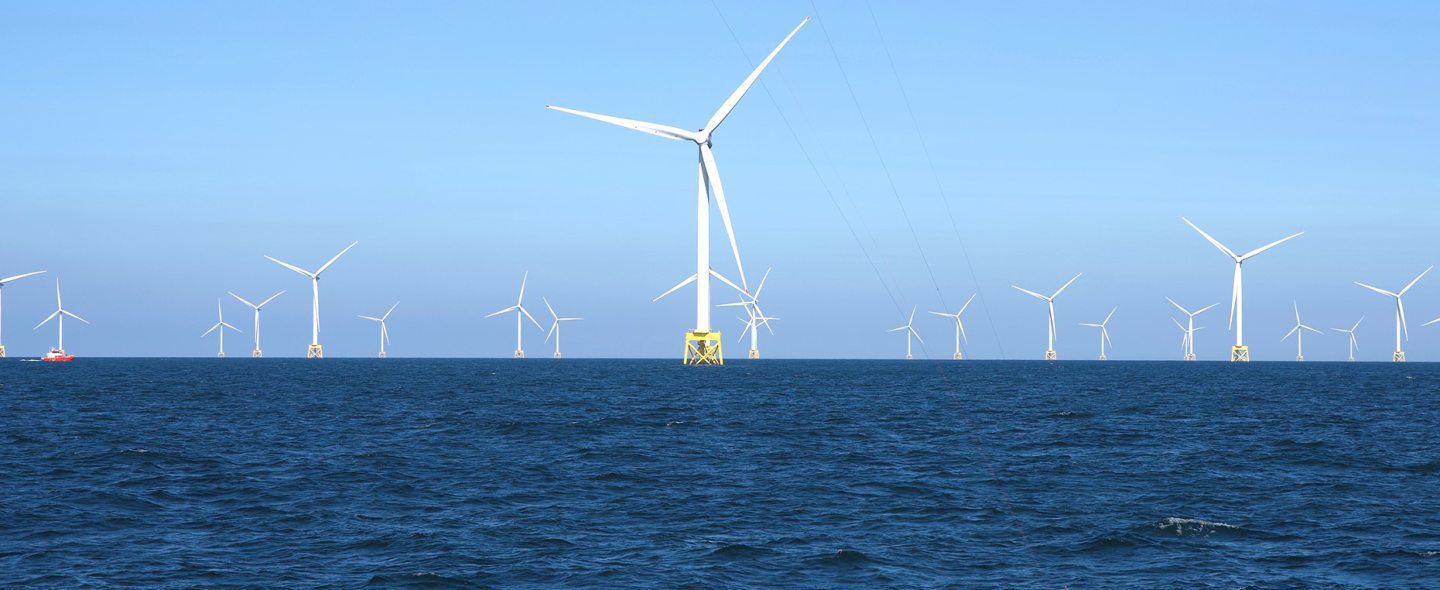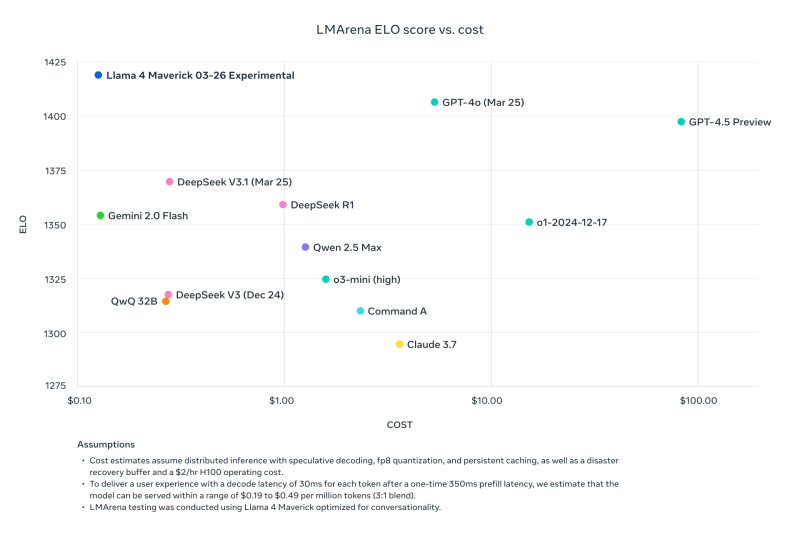
Oil plunged the most since July 2022 after suffering a twin hit from President Donald Trump’s tariffs and an OPEC+ decision to increase output faster than previously announced.
West Texas Intermediate futures plummeted 6.6% to settle below $67 a barrel, while global benchmark Brent dropped 6.4% to end the session near $70.
Trump’s deluge of tariffs is creating fresh doubts about the outlook for the global economy, with levies against major crude importers such as China and India coming in more aggressive than feared. Although the administration steered away from actions that would directly affect oil markets — such as measures that would have curbed flows from Canada and Mexico — concerns that the trade war will sap global energy demand hammered prices.
Hours later, the Organization of the Petroleum Exporting Countries and its allies unexpectedly said they would add more than 400,000 barrels of daily output back to the market next month. That was three times the amount the group had previously planned to revive, signaling a significant policy shift after years of supply constraints that had supported crude prices.
The two moves sent shockwaves across oil markets, though potentially offer a win for Trump, who has repeatedly bemoaned high crude prices. While falling oil prices could ease inflationary pressures for central banks, they also underscore a wider concern about the outlook for growth that’s led firms across the industry to slash their forecasts in recent weeks.
“The perfect bearish cocktail has been mixed in Washington and in Vienna,” said Tamas Varga, an analyst at brokerage PVM Oil Associates Ltd. “The reciprocal tariffs on virtually every salient US trading partner justifiably raise the fears of recession and possibly stagflation. Economic and oil demand growth is adversely impacted.”
OPEC Shift
The bumper output boost is a big change for OPEC+, which had previously emphasized that it could pause or reverse its planned supply hikes if needed. The group’s communications have made little reference to the idea of accelerating production increases.
The policy shift follows a long period of tension within the group over certain members that have consistently flouted production limits. Kazakhstan has been a particular source of friction after it significantly exceeded its output ceiling during the startup of the expansion of its giant Tengiz oil field.
Thursday’s decision is intended to put price pressure on quota cheats, while also providing them with the opportunity to make larger compensation cuts to atone for past overproduction, delegates said, asking not to be identified as the talks were private.
In addition to internal issues, OPEC+ has also faced external pressure from Trump to cut the price of crude.
The “OPEC news is adding insult to the injury of retaliatory tariffs,” said Jon Byrne, an analyst at Strategas Securities. “Tariff news is decidedly net negative for growth, and excess supply announcement today is not helping.”
Lost Barrels
The extra supply from OPEC+ could tie into another policy priority for Trump — tighter sanctions on Iran and Venezuela.
The US president has pledged a maximum-pressure campaign to limit oil exports from both countries. He also threatened “secondary tariffs” on Russian shipments earlier this week. Higher supplies from other OPEC+ members could give him more leeway to restrict flows elsewhere.
“We think this is to replace barrels lost from tighter US sanctions on Iran, and, possibly, also lower expectations than just recently of a Ukraine ceasefire and related western sanctions relief,” Henning Gloystein, head of energy and climate at consultants Eurasia Group, said of the OPEC+ hike.
Thursday’s huge price swings, the biggest in more than two years, are also a reminder of the type of volatility that has kept some traders on the sidelines in recent months. Some of the world’s biggest commodity trading houses last month said that while the market’s outlook was weaker, both Trump and OPEC+ were adding to the uncertainty.
The eight OPEC+ countries participating in the group’s so-called voluntary cuts said they will hold monthly meetings to review market conditions, according to the group’s statement. Talks on May 5 will decide on June production levels.
Oil Prices
- WTI for May delivery fell 6.6% to settle at $66.95 a barrel in New York.
- Brent for June settlement declined 6.4% to settle at $70.14 a barrel.
What do you think? We’d love to hear from you, join the conversation on the
Rigzone Energy Network.
The Rigzone Energy Network is a new social experience created for you and all energy professionals to Speak Up about our industry, share knowledge, connect with peers and industry insiders and engage in a professional community that will empower your career in energy.
MORE FROM THIS AUTHOR
Bloomberg























